Imagine that you purchase a brand new car that’s all shiny with top-of-the-line features and great on-road performance. You zoom with it through city traffic and across long roads for a few years without worrying too much about it apart from the usual few regular yearly checkups. After a few years of driving, you notice signs of overheating, reduction in mileage and a general reduction in overall performance.
So what do you do? You send it to a mechanic who lubricates the pipes, cleans off the rusty parts bringing it back to a proper condition.
Now think of this car as your physical body, the vehicle that carries your soul!
With time, your pipes(Gastrointestinal tracts) get clogged and different parts get rusty( such as weak metabolism, excess phlegm) and it needs servicing!
Panchakarma is this rejuvenating procedure designed to bring your body back to its natural state of harmony.
So what exactly is Panchakarma?
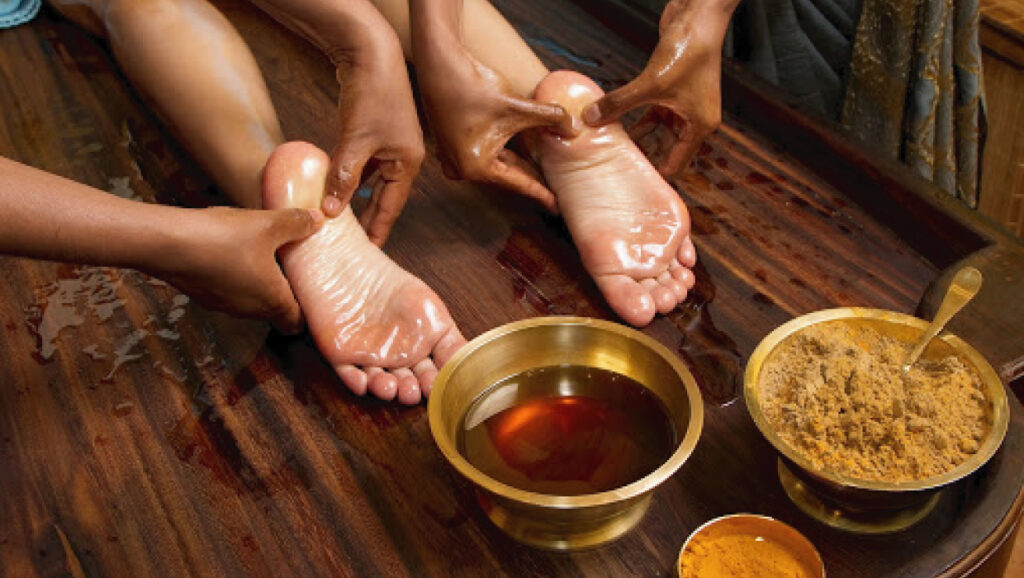
Pancha-five, Karma- actions. Panchakarma is a set of five natural purificatory procedures to keep your body healthy, and functions as a curative therapy for disease conditions.
Due to our lifestyle and especially eating habits, Aama or toxins are formed in our bodies which eventually start clogging up channels and pathways. Panchakarma is primarily an elimination procedure to help release these toxins to bring the body back to a state of balance.
Who is eligible for Panchakarma?
Ideally, any adult who isn’t pregnant or is weak or fragile that they need special medical care can undergo Panchakarma.
Based on factors such as the amount of imbalance in the doshas, the individual’s current health condition and the season, a qualified Ayurvedic practitioner would recommend a few, if not all of the five procedures over a span of a week to around 21 days.
Preparatory Steps
Before starting the Panchakarma procedure, there are a few preparatory steps that one needs to undergo. These are called Snehana and Swedana.
Snehana involves inducing oily substances such as medicated oils, ghee and herbs internally and externally.
This includes ‘Snehapana’ which involves drinking medicated ghee or oil in a particular quantity and having an oil massage done to the body. These actions help to nudge clogged channels and balance doshas in the body.
After a thorough Snehana, the individual undergoes ‘Swedana’, the process of sweating. Here, he/she is exposed to steam containing medicated decoctions inside a steam chamber in order to bring the aggravated, agitated doshas into the digestive tract.
After doing Snehana and Swedana, the individual’s body is now prepared for the Panchakarma process.
What are the procedures involved in Panchakarma?
Vamana
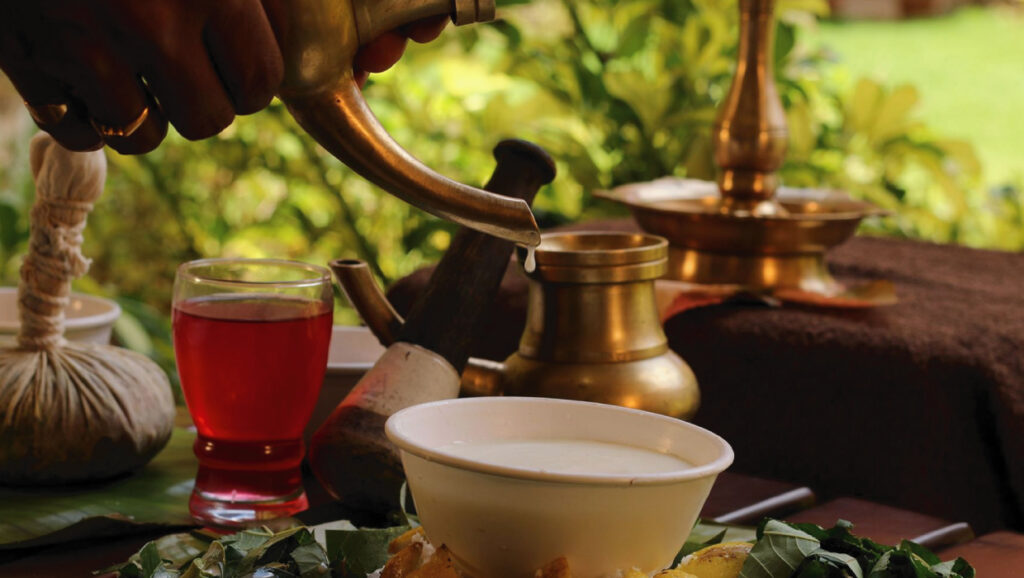
“Vamana” means emesis or medicated vomiting. After going through Snehana and Swedana, the individual is asked to drink medicated decoctions made with herbs and water or milk, till they are unable to drink anymore.
The quantity of these medications is such that the stomach is filled to the brim and the person cannot drink anymore. This procedure helps eliminate toxins through the action of the gag reflex and detoxifies the stomach.
After several bouts of vomiting and as the aggravated doshas are expelled from the body, the individual is given medicated smoke made of herbs to clear and refresh the mouth. After completion of this, the person is advised to rest.
This procedure is especially beneficial to those having aggravated Kapha in the body such as chronic cough and cold or sinusitis.
Virechana
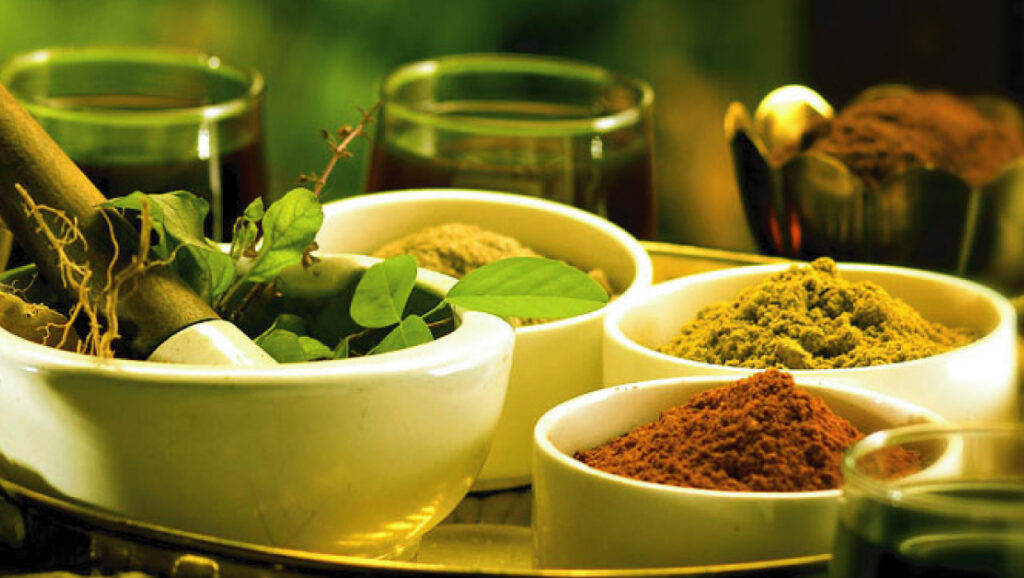
The word “Virechan” means purgation. In this procedure, the person is given a concoction of herbs at a specific time of the day to initiate the process of purgation. Here the individual is encouraged to sip hot water throughout the period and avoid sleeping. The purgation continues for some time and then stops after a while making one sometimes feel tired but light. He/she is asked to eat light and easily digestible food after the procedure is complete. This procedure is often helpful in healing skin conditions and imbalances caused due to aggravated pitta.
Basti
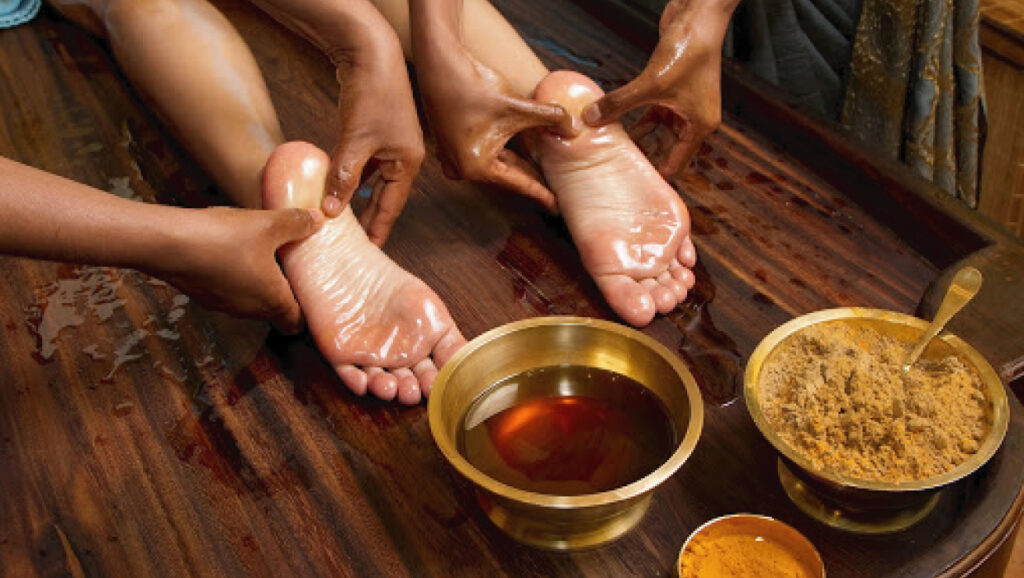
The word “Basti” means bladder. Basti is the procedure where a medicated enema is administered to the individual. Why the name then? In an era before enema bags, syringes and catheters, animal bladders were used to make the bag that held the medication.
Basti medication can include an emulsion made with medicated herb paste, honey, saindhava salt, and decoction of herbs.
It is important that the person administering Basti is well-trained to avoid any injuries or complications.
Basti is very helpful in healing disorders caused due to imbalance of Vata. Ayurveda considers Vata as the primary dosha and a balanced Vata is generally a sign of good health.
Nasya
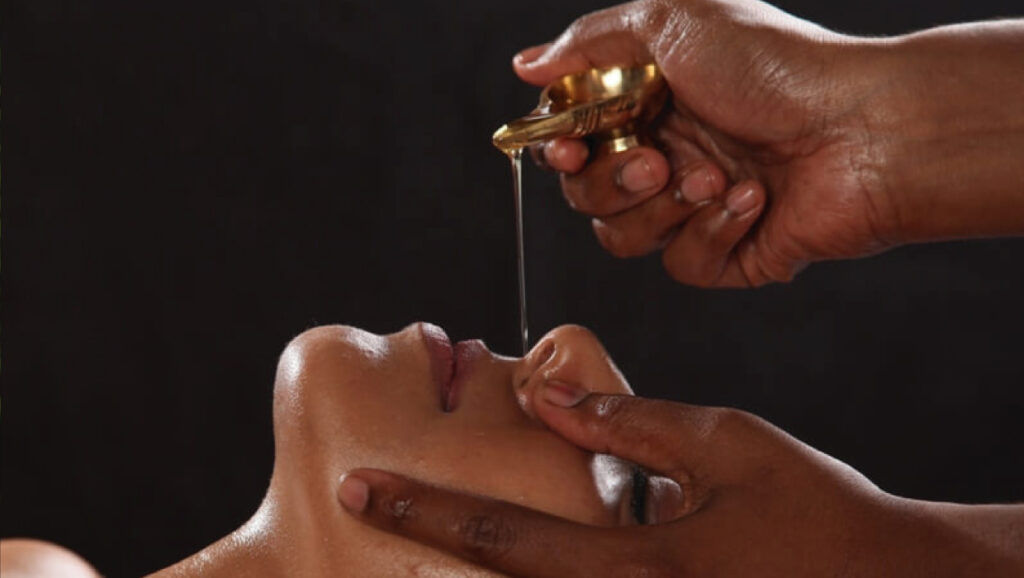
The word “Nasya” indicates that which is through the nose. In the Ayurveda system of medicine, the nasal cavity is used as a pathway to help medicines reach the head. Hence this procedure is effective in all imbalances that happen over the neck region.
Nasya is performed by making the individual lie down with his head slightly bent downwards. A medicated oil is instilled through the nose in a specific dosage. This dosage varies depending on the individual and the amount of purification required.
Once instilled, the medicine enters the nasal passage and is later expelled through the mouth as phlegm. After the completion of this procedure, the person is given medicated smoke to clear the mouth and advised to take rest.
This procedure can also be done regularly by individuals to strengthen their respiratory channels and as the nadis or energy channels in the body.
Rakta Moksha
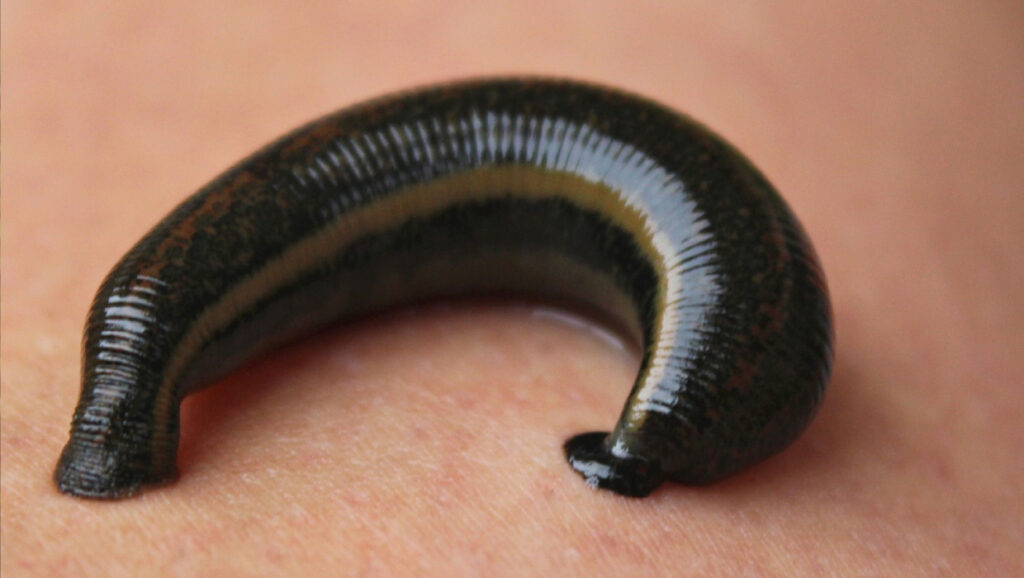
Rakta, which translates as blood, is sometimes considered as the fourth dosha after Vata, Pitta and Kapha. This is a procedure of blood-letting and involves removing impure blood in the body. This was procedure was traditionally done using leeches but nowadays done using other methods as well.
This procedure helps in healing conditions, like repeated skin infections, acne and imbalances caused by vitiated blood.
What happens after Panchakarma?
The individual is advised to take rest and recuperate his/her body after the completion of Panchakarma. Easy to digest food is given throughout the procedure and other types of foods are gradually reintroduced into the diet.
Once Panchakarma is complete, the person feels lighter, healthier in body and mind and has a sense of renewal.
Join us to read more of such articles and support our mission of mindful living for the modern world by subscribing to our blog and hitting us a follow on Instagram and Facebook @sarvedalife.




This is very useful!
This is an old post